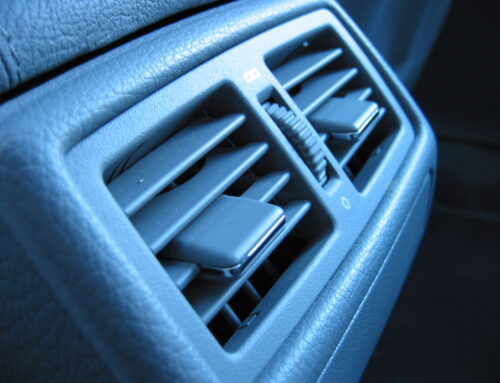Rainy weather can be both calming and beautiful, but it can also pose significant challenges for drivers. In Clackamas, it can rain a lot. As the rain pours down and the roads glisten with moisture, it’s crucial to adjust your driving habits to ensure your safety and that of others. In this blog post, we’ll discuss essential tips and guidelines for driving safely in rainy weather.
Slow Down and Increase Following Distance: When it rains, the road becomes slippery due to the combination of water and oil residue. To maintain control of your vehicle, slow down and increase your following distance. Reduce your speed to a level that allows you to stop within the distance you can see ahead. Keeping a safe following distance ensures that you have enough time to react to sudden stops or obstacles.
Use Your Headlights: Visibility is significantly reduced in rainy weather, and using your headlights is crucial for both your safety and the safety of other drivers. Even in daylight, it’s a good idea to keep your headlights on. This not only helps you see the road better but also makes your vehicle more visible to others.
Avoid Cruise Control: In rainy conditions, it’s best to avoid using cruise control. Cruise control may not react quickly enough to changes in road conditions, making it harder to maintain control of your vehicle. It’s important to have full control of your accelerator and brake pedals, so keep your feet at the ready.
Defog and De-Ice Your Windshield: Before hitting the road, ensure your windshield is clear of fog, ice, and raindrops. Use your defogger and wipers to maintain a clear view of the road. Adequate visibility is vital for making safe driving decisions.
Keep Both Hands on the Steering Wheel: Maintaining a firm grip on the steering wheel is essential in wet weather. Having both hands on the wheel allows you to better control your vehicle and respond quickly to changing road conditions. A steady grip will also help prevent hydroplaning.
Avoid Sudden Maneuvers: Sudden maneuvers, such as sharp turns or quick lane changes, can lead to loss of control in rainy weather. Drive smoothly and predictably. Brake and accelerate gradually to minimize the risk of skidding or hydroplaning.
Be Cautious of Hydroplaning: Hydroplaning occurs when your vehicle’s tires lose contact with the road surface due to a thin layer of water. To reduce the risk of hydroplaning, make sure your tires are in good condition and properly inflated. If you do start to hydroplane, do not brake or accelerate suddenly. Instead, ease off the gas pedal and steer gently in the direction you want to go.
Watch for Standing Water: Rain can lead to puddles and standing water on the road. These areas can be deceiving, as you may not know the depth of the water or if there are hazards beneath. To stay safe, drive around these areas when possible and reduce your speed when you can’t avoid them. Also, driving through too much standing water can cause your engine to seize.
Driving in rainy weather demands extra caution and attention to safety. By following these tips, you can reduce the risks associated with wet road conditions and protect yourself, your passengers, and other drivers. Remember that it’s always better to arrive a little later than to take unnecessary risks on the road. So, the next time you’re faced with rainy weather, slow down, stay focused, and make the safety of yourself and others your top priority. Safe travels from Same Day Auto Service!



